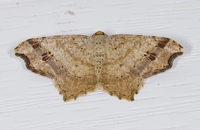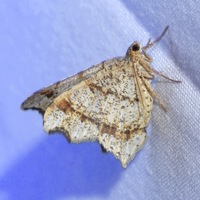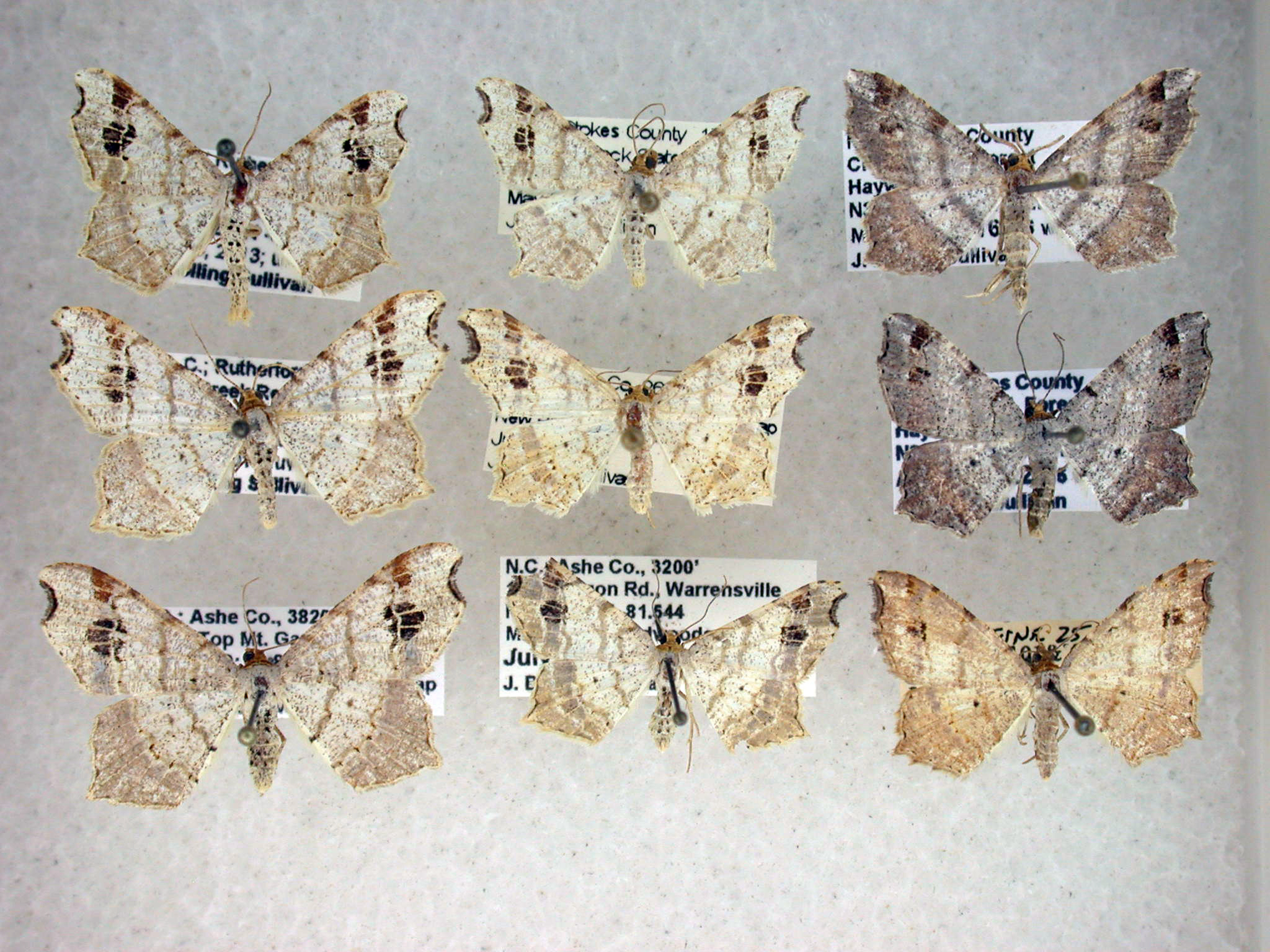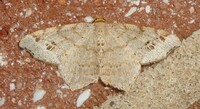
| Recorded by: Simpson Eason on 2025-09-16
Durham Co.
Comment: | 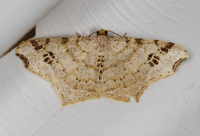
| Recorded by: Jim Petranka, Becky Elkin, Marilyn Westphal, Nora Murdock on 2025-08-25
Henderson Co.
Comment: |

| Recorded by: Jim Petranka, Becky Elkin, Marilyn Westphal, Nora Murdock on 2025-08-25
Rutherford Co.
Comment: | 
| Recorded by: Dean Furbish, Lior S. Carlson, Randy Emmitt on 2025-08-12
Alamance Co.
Comment: |

| Recorded by: Dean Furbish, Lior S. Carlson, Randy Emmitt on 2025-08-12
Alamance Co.
Comment: | 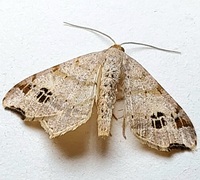
| Recorded by: Mark Basinger on 2025-08-10
Ashe Co.
Comment: |
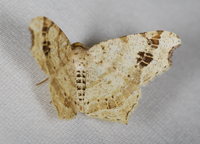
| Recorded by: Jim Petranka, Becky Elkin and Marilyn Westphal. on 2025-08-09
Henderson Co.
Comment: | 
| Recorded by: Jim Petranka, Becky Elkin and Marilyn Westphal. on 2025-08-09
Henderson Co.
Comment: |
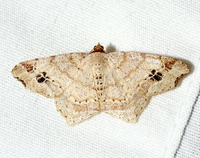
| Recorded by: David George, Dale Morgan, Patrick Coin, Julie Tuttle, Becky Watkins, et al. on 2025-07-26
Orange Co.
Comment: | 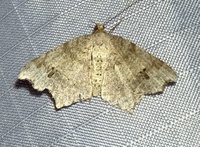
| Recorded by: Ken Kneidel on 2025-07-21
Mecklenburg Co.
Comment: |
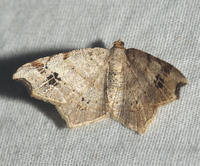
| Recorded by: David George on 2025-06-07
Durham Co.
Comment: | 
| Recorded by: John Petranka and Sally Gewalt on 2025-04-29
Warren Co.
Comment: |
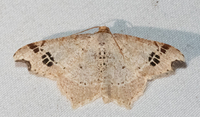
| Recorded by: Emily Stanley on 2025-04-19
Buncombe Co.
Comment: | 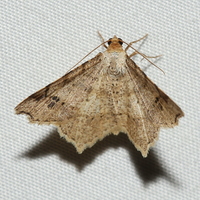
| Recorded by: David George, Jeff Niznik on 2025-04-05
Chatham Co.
Comment: |

| Recorded by: Jeff Niznik, Larry Chen on 2025-04-02
Orange Co.
Comment: | 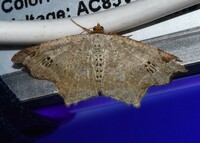
| Recorded by: David George, Jeff Niznik, Rich Teper on 2025-03-28
Chatham Co.
Comment: |
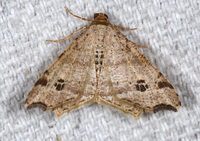
| Recorded by: Jim Petranka on 2025-03-28
Madison Co.
Comment: | 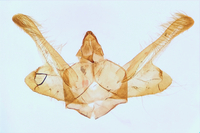
| Recorded by: Jim Petranka on 2025-03-28
Madison Co.
Comment: |
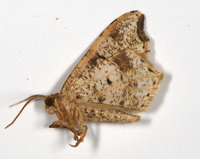
| Recorded by: Jim Petranka on 2025-03-28
Madison Co.
Comment: | 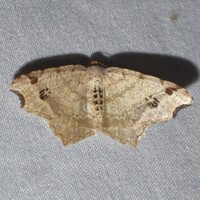
| Recorded by: Jeff Niznik, Larry Chen on 2024-09-23
Orange Co.
Comment: |
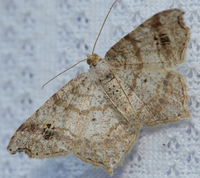
| Recorded by: Chuck Smith on 2024-09-22
Davidson Co.
Comment: | 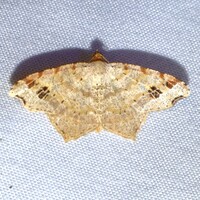
| Recorded by: Jeff Niznik, David George on 2024-09-07
Alamance Co.
Comment: |
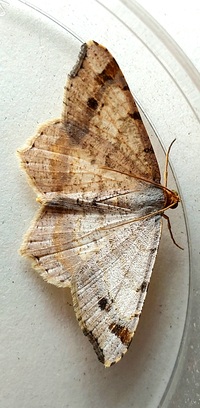
| Recorded by: Mark Basinger on 2024-08-05
Mitchell Co.
Comment: | 
| Recorded by: David George, Jeff Niznik, Stephen Dunn on 2024-08-02
Chatham Co.
Comment: |
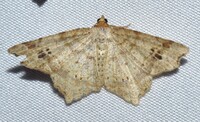
| Recorded by: Jeff Niznik on 2024-07-26
Alamance Co.
Comment: | 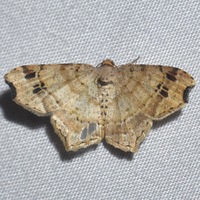
| Recorded by: Jeff Niznik on 2024-07-19
Orange Co.
Comment: |
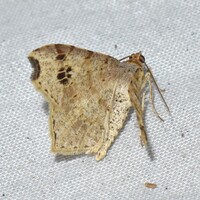
| Recorded by: Jeff Niznik on 2024-07-14
Watauga Co.
Comment: | 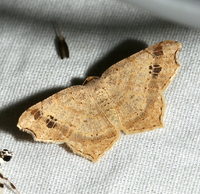
| Recorded by: David George on 2024-07-04
Chatham Co.
Comment: |

| Recorded by: Mark Basinger on 2024-06-12
Wilson Co.
Comment: | 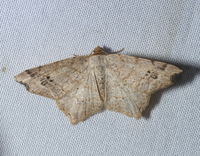
| Recorded by: David George, Jeff Niznik on 2024-06-01
Chatham Co.
Comment: |
|

 »
»